Picture this: in a meeting room, classroom, or living room, a small image expands into a large, bright, and detailed display. The projection you see is the result of careful engineering spanning optics, electronics, mechanics, and software. But what really happens inside a seemingly simple device? This article serves as an anatomy guide, taking you layer by layer through the core components of a projector and the science that makes them work together to produce a vibrant image.
I. Overview: The Systems Theory of a Projector
Think of a projector as a cohesive system. Its workflow can be summarized as: Image Input → Signal Processing → Imaging System → Optical Lens → Screen.

II. Core Breakdown I: The Optical Engine – The “Heart” of the Projector
The optical engine largely determines color fidelity, brightness, and resolution. Modern projectors typically employ one of three main technologies, each with distinct light paths, pixel control, and image characteristics.
LCD (Liquid Crystal Display) Technology: The Dance of Three Panels
Composition:High-intensity light source, color splitting and combination optics (dichroic mirrors or filters), three LCD panels (Red, Green, Blue), a prism (or color combiner), and a projection lens.
How it works:The lamp emits white light, which is split into R, G, and B channels by the color separation optics. Each color passes through its corresponding LCD panel, where each pixel acts as a controllable shutter—opening or closing according to the input signal to form a monochrome image. The three color images are then recombined optically and projected through the lens to form the full-color picture.
Characteristics: Strong color accuracy and good color gamut control; potential issues include the screen door effect and typically lower light efficiency compared with some other technologies, depending on lamp brightness and panel quality.
DLP (Digital Light Processing) Technology: The Microscopic Miracle of the DMD Chip
Composition: Light source, color wheel, DMD (Digital Micromirror Device) chip, projection lens.
Core element: The DMD chip comprises hundreds of thousands to millions of micromirrors, each representing a single picture element.
How it works: Light from the lamp passes through a fast-rotating color wheel that sequentially provides red, green, and blue light. This light is directed onto the DMD chip, where each micromirror tilts toward or away from the lens to represent brightness (on/off states). The duration of the “on” state encodes grayscale; rapid sequencing of R/G/B frames, combined by the eye’s persistence of vision, yields a full-color image.
Characteristics: High contrast ratios, smooth motion, fast response, and compact form factors. The need for a color wheel can introduce motion artifacts in some frames, though modern designs mitigate this with faster wheel speeds or single-chip LED/Laser variants.
LCoS (Liquid Crystal on Silicon) Technology: A Hybrid Approach
Introduction: LCoS blends LCD-type light modulation with a reflective silicon substrate, aiming to combine the strengths of both LCD and DLP.
How it works: Like LCD, LCoS uses liquid crystal modulation to control light. However, the light is reflected off a silicon backing, effectively turning a transmissive LCD into a reflective device. Each pixel is individually controlled, and the optical path is designed to minimize diffraction-related artifacts.
Characteristics: Often delivers high native resolution and excellent contrast with very smooth images and minimal screendoor effect. Typically more expensive and can require precise alignment of optics.

III. Core Breakdown II: The Light Source – The “Sun” of the Projector
No light, no projection. The light source powers the entire system and influences brightness, color quality, longevity, and thermal behavior.
Traditional Lamps (UHP/UHE):
Pros: High brightness, established technology.
Cons: Limited lifespan (roughly 1,000–5,000 hours), significant heat output, brightness degrades over time.
LED:
Pros: Long lifespan (often 20,000–30,000+ hours), wide color gamut, instant on/off, low heat.
Cons: Generally lower maximum brightness per unit area than some lamps, which can affect large-room performance.
Laser:
Pros: Very high brightness, exceptional longevity (often 20,000+ hours with slow brightness decay), broad color gamut, stable color performance, instant on/off.
Types:Blue laser with phosphor wheel (cost-effective), dual-laser, and RGB laser (top-tier image quality).
Trend: Laser light sources are increasingly dominant in mid-to-high-end projectors due to superior performance and longevity.

IV. Core Breakdown III: The Lens Assembly – The “Eyes” of the Projector
The lens assembly magnifies, focuses, and projects the image with minimal distortion, mapping the imaged plane to the screen.
Composition:
A complex stack of optical glass elements designed to correct aberrations (spherical, chromatic, coma, astigmatism) and to maintain sharpness across the image.
Key Parameters:
Focal Length: Determines the throw ratio (distance to screen ÷ image width). Short-throw and ultra-short-throw lenses enable large images from short distances.
Zoom: Allows image size adjustment without moving the projector.
Focus: Adjusts image sharpness.
Material: Glass lenses generally offer superior thermal stability and fewer warping issues than plastic or hybrid media.
Notes:
Lens quality affects perceived sharpness, keystone performance, and overall image fidelity. Aberration corrections and coatings reduce reflections and color fringing.

V. Core Breakdown IV: Auxiliary & Support Systems
Cooling System – The “AC Unit”
Importance: The lamp and electronics generate substantial heat; overheating can damage components, reduce brightness, and trigger protective shutdowns.
Composition: Heat sinks, heat pipes, and multiple fans dedicated to the lamp and mainboard, with carefully engineered airflow paths.
Principle: Forced-air cooling is standard. Efficient airflow channels move heat away from hot spots and toward exhaust vents, maintaining stable operation.
Mainboard & Image Processor – The “Brain”
Functions:
- Receive and decode video signals from input ports (HDMI, USB, VGA, etc.).
- Run image processing algorithms (color calibration, motion smoothing, HDR decoding, keystone correction) to enhance picture quality.
- Synchronize all components (e.g., aligning color processing with the color wheel or DMD operation).
- Manage user interfaces, firmware updates, and performance optimizations.

Chassis & Ports – The “Skin and Senses”
Chassis: Encases and protects internal components; engineered for thermal management and electromagnetic compatibility.
Ports: HDMI, USB, audio out, VGA, Ethernet, and wireless interfaces—these are the bridges to external devices and content sources.
VI. Conclusion & Future Outlook
A modern projector is a highly integrated system of optics, electronics, mechanics, thermodynamics, and software. The light source provides power; the imaging system creates the picture; the lens projects it, cooling maintains stability, and the mainboard orchestrates everything.
Technology Trends:
Laser light sources: Expected to continue dominating mid-to-high-end markets due to brightness, color stability, and longevity.
Smart features: Integrated operating systems (e.g., Android-based environments), auto-focus, auto-keystone, and automated screen alignment are becoming standard to improve user experience.
Higher resolution & brightness: 4K projection is mainstream; 8K projections are emerging in specialized setups; brightness improvements continue to enable usable images in ambient light.
New form factors: Ultra-short-throw and portable pico projectors, along with AR/VR display integration, are expanding projection applications.
Have you gained a better understanding of how a projector turns light into a vivid image? If you’re exploring reliable options, consider ETOE Projector. Their rich product lineup includes Google TV-enabled smart streaming models, ultra-HD projectors for home theater, and portable mini Dolphin Projector for on-the-go use, among others. With a two-year warranty and free shipping, ETOE combines reliability with convenience, making it easier to find the right balance of brightness, size, and features for your space.



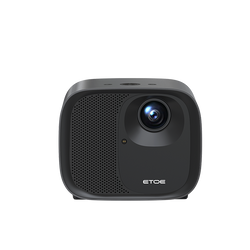




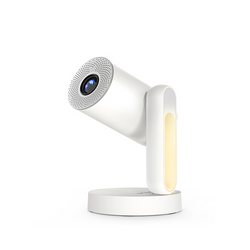

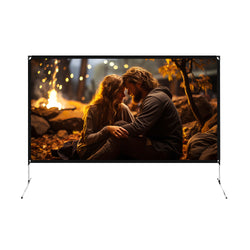
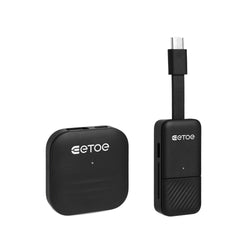

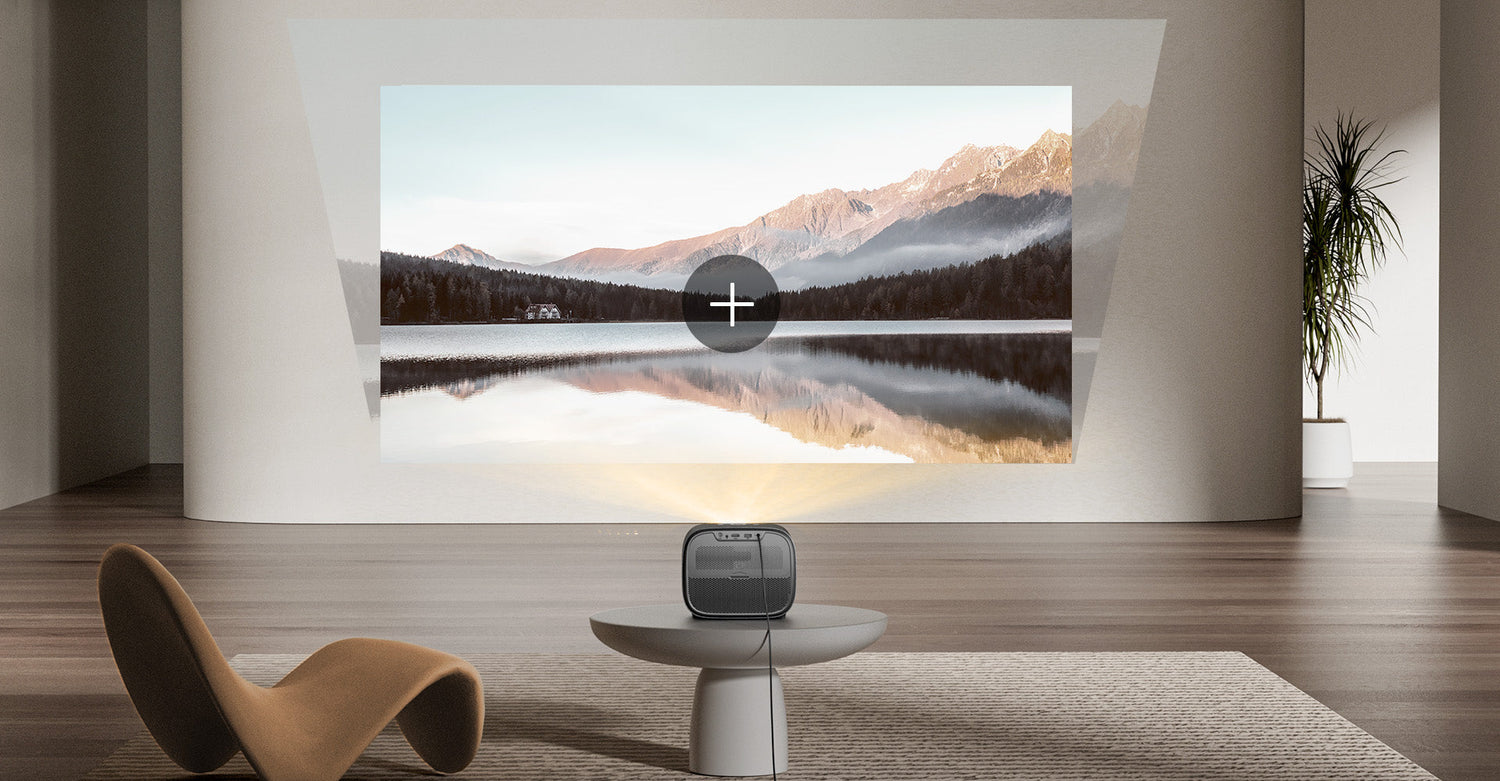


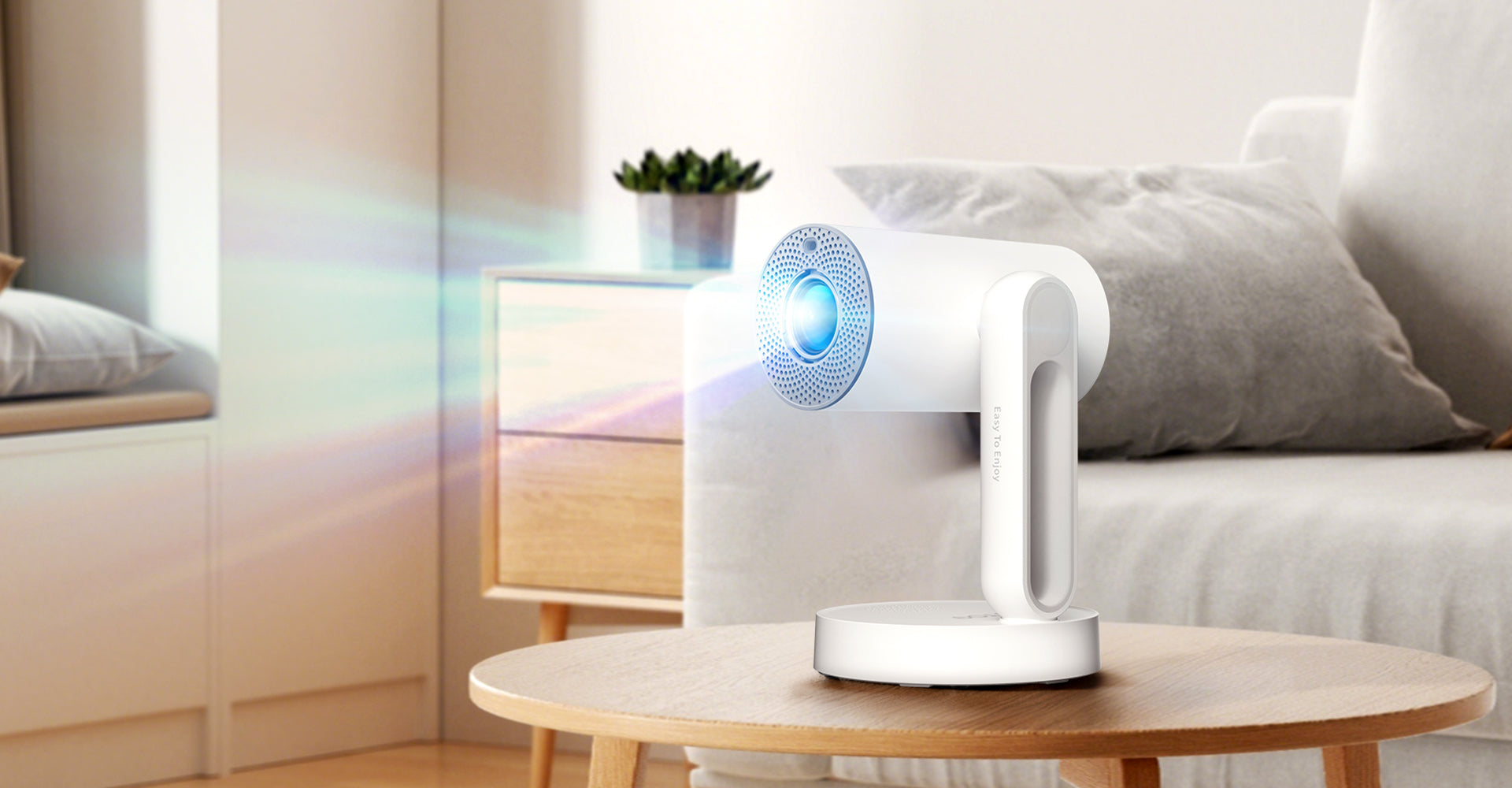
Leave a comment
This site is protected by hCaptcha and the hCaptcha Privacy Policy and Terms of Service apply.